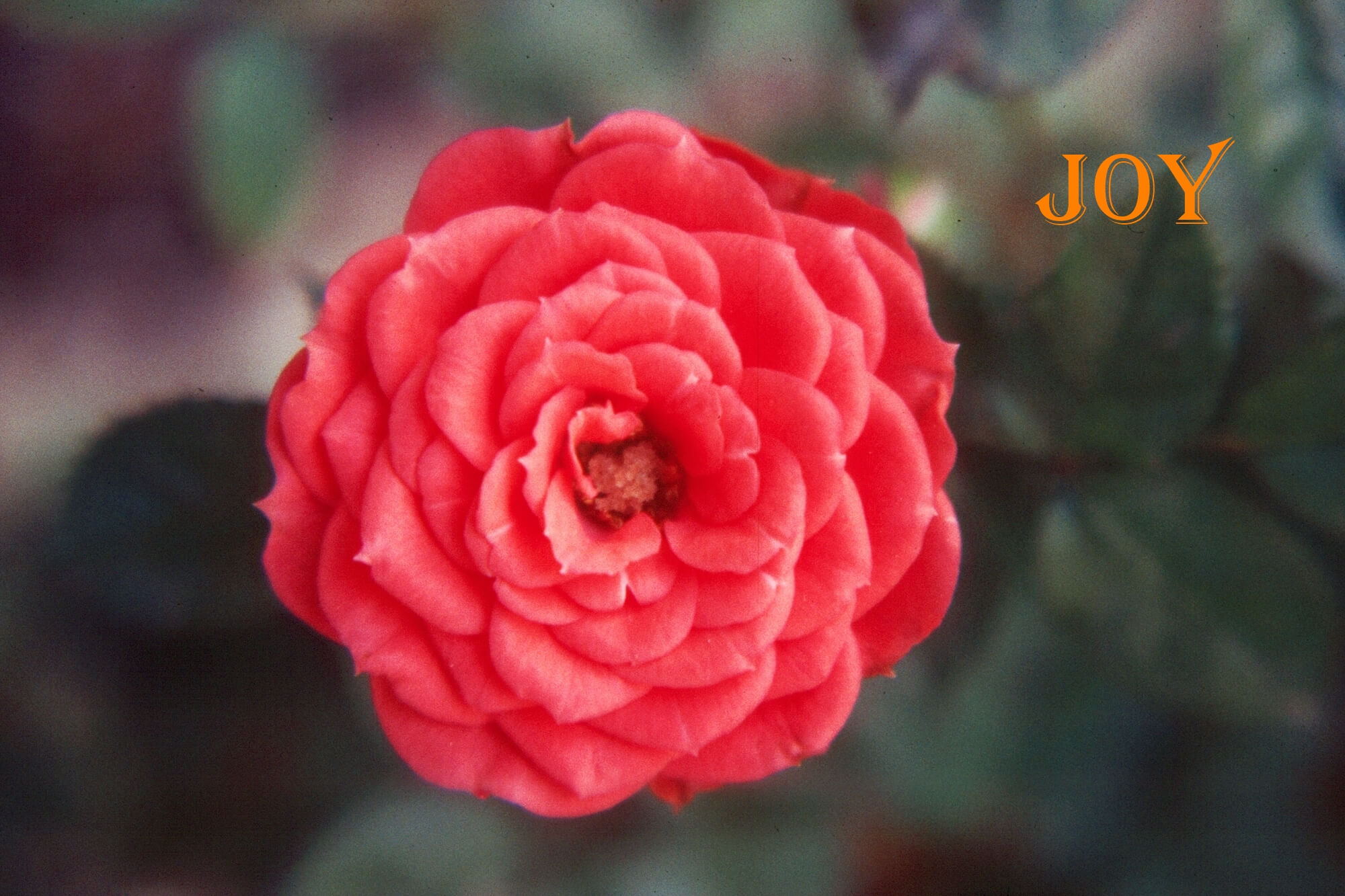Call out your ideal client here with a contrasting color background
God Revealed in Plants

1 “In the beginning, God created everything: the heavens above and the earth below. Here’s what happened: 2 At first the earth lacked shape and was totally empty, and a dark fog draped over the deep while God’s spirit-wind hovered over the surface of the empty waters. Then there was the voice of God.
God: 3 Let there be light.
And light flashed into being. 4 God saw that the light was beautiful and good, and He separated the light from the darkness. 5 God named the light “day” and the darkness “night.” Evening gave way to morning. That was day one.
God: 6 Let there be a vast expanse in the middle of the waters. Let the waters above part from the waters below.
7 So God parted the waters and formed this expanse, separating the waters above from the waters below. It happened just as God said. 8 And God called the vast expanse “sky.” Evening gave way to morning. That was day two.
God: 9 Let the waters below the heavens be collected into one place and congregate into one vast sea, so that dry land may appear.
It happened just as God said. 10 God called the dry land “earth” and the waters congregated below “seas.” And God saw that His new creation was beautiful and good.
God: 11 Earth, sprout green vegetation! Grow all varieties of seed-bearing plants and all sorts of fruit-bearing trees.
It happened just as God said. 12 The earth produced vegetation—seed-bearing plants of all varieties and fruit-bearing trees of all sorts. And God saw that His new creation was beautiful and good. 13 Evening gave way to morning. That was day three” (MSG).
God used a logical progression when He created the universe. He started with ligh;, then He divided the waters so that there was sky above and water below. Then He gathered the seas together and made dry land appear. The earth was now ready for plants, and they were necessary so that animals would have food to eat.
Each time He created something, He took time to look at it, and every time He said, ‘It was beautiful and good.’ How good were plants?
There are almost 400,000 species of plants. We’ve seen tiny white blossoms emerging in volcanic rock, and we’ve seen large, beautiful, colorful, and complex ‘birds of paradise.’ And we’ve seen, as you have, many varieties in between, from single blade grasses to intricate roses to Sequoia trees. I’ve mentioned flowering plants because 94% of plants produce flowers; that’s about 375,000 flowering plants. Wow! Some flowers on plants give promise of fruit to come next, and some flowers seem to have beauty as their particular gift. After all, God did look at plants and say that they were beautiful as well as good.
Plants provide more than food; they also provide oxygen. Through the process of photosynthesis, plants take in carbon dioxide and give off oxygen. Before we say that plants are the prime source of oxygen, we have to realize that plants also, through cellular respiration, take in oxygen and give off carbon dioxide. So they are users of oxygen as well as producers of oxygen, but it needs to be said that photosynthesis takes place much more often than cellular respiration, so plants do provide large amounts of oxygen for the use of animals.
The next time you eat a tomato look at a seed and realize that from that seed another entire tomato plant can grow and produce many tomatoes. The next time you eat a walnut, look at it and realize that when properly planted, that single walnut will grow into a large tree that produces thousands of walnuts just like it. But, then, that’s just what God said they would do.
God created plants for food for animals and humans and also to produce oxygen, but He also created plants for beauty. He created logically to provide food and oxygen, but He also created exquisitely to bring enjoyment through plants. He is a logical, caring, and artistic God. While He created in a manner that made it possible for life to occur, He also created in a manner to bring joy into our lives. That’s right, 400,000 species of plants express God’s love.
In creation, God reveals Himself as a loving God.